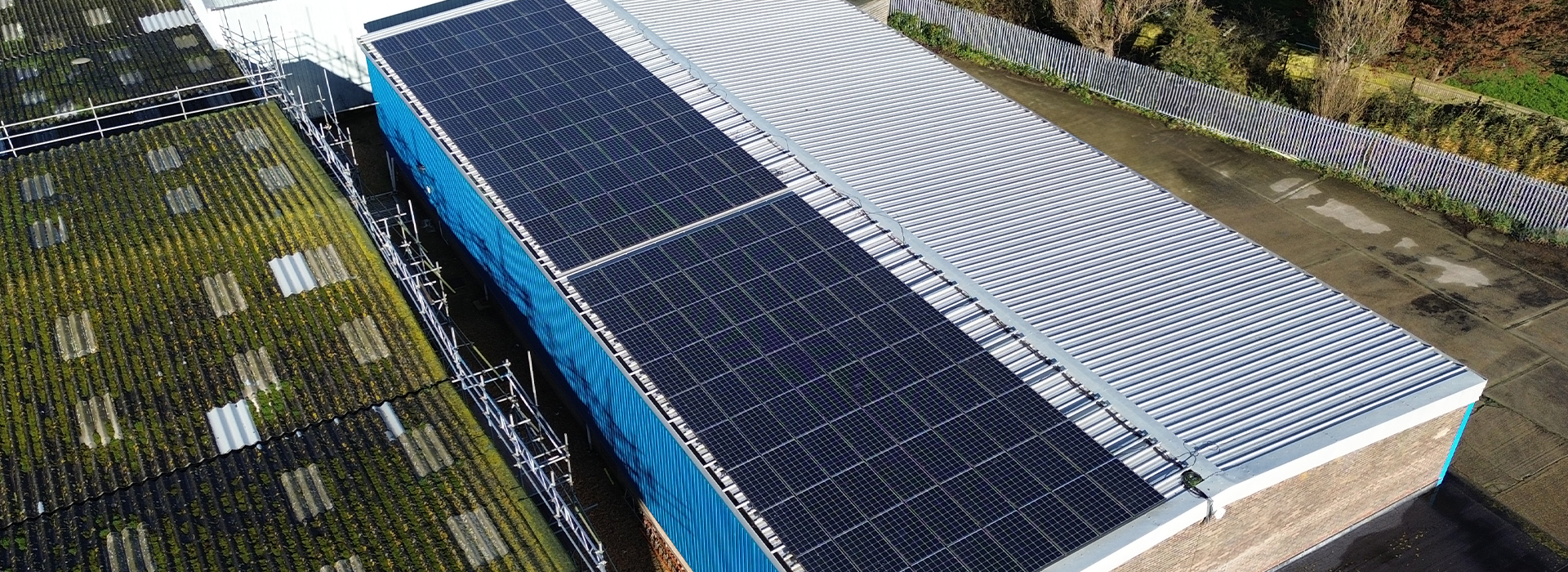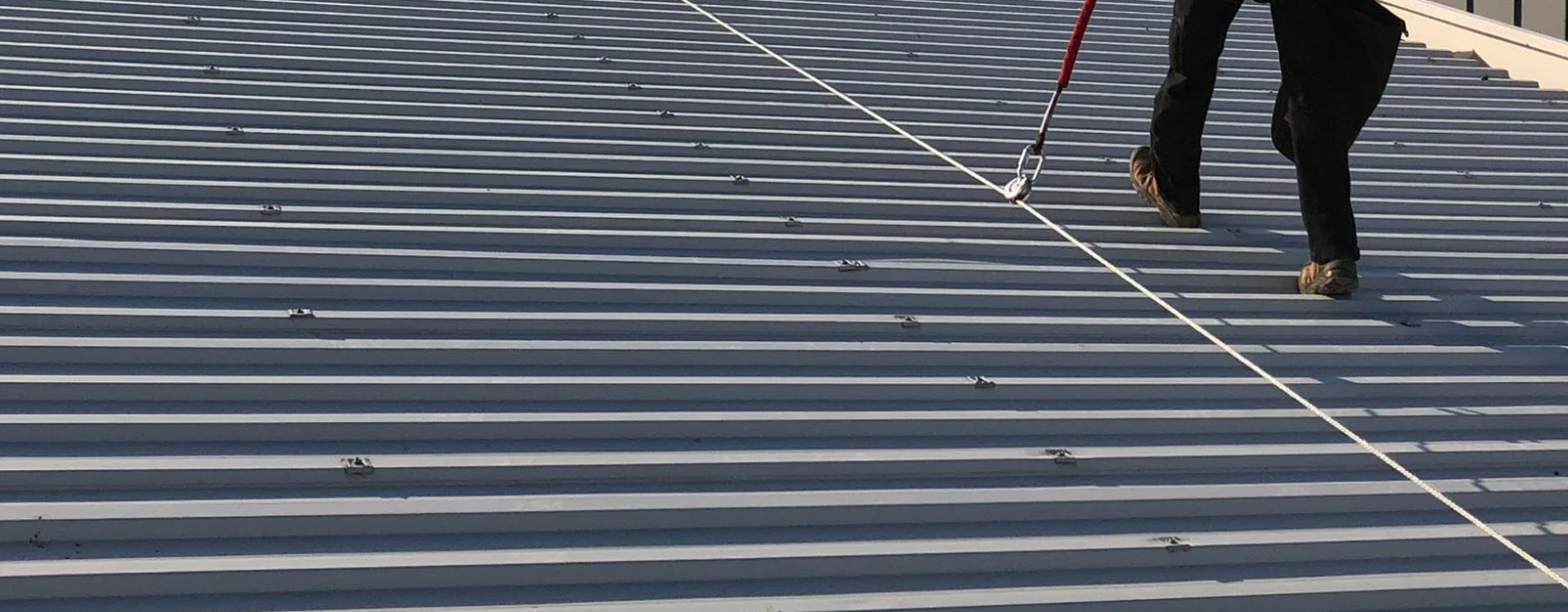When it comes to construction, roofing, and maintenance work at height, edge protection is not just a safety consideration—it’s a legal obligation. Yet, across the UK, businesses unknowingly leave themselves exposed to serious liabilities by overlooking critical aspects of edge protection compliance.
What is Edge Protection?
Edge protection refers to barriers or guardrails installed at the edge of elevated surfaces—such as rooftops, mezzanines, scaffolding, and loading bays—to prevent falls. It’s a cornerstone of working-at-height safety.
According to the Work at Height Regulations 2005, employers must ensure that any work carried out at height is properly planned and that adequate protection is in place.
The Common Oversights Putting UK Businesses at Risk
Despite the regulations, many businesses make the same critical mistakes. The most commonly overlooked areas include:
Assuming Temporary Measures Are Sufficient
Many site managers rely on temporary or makeshift barriers. While they may offer a visual boundary, they rarely meet compliance standards for load-bearing, durability, or height.
Neglecting Regular Inspections
Edge protection systems must be inspected regularly, especially after adverse weather or site changes. Failing to carry out inspections could result in equipment failure—and liability if an accident occurs.
Inadequate Training for Site Workers
Even with the right systems in place, untrained workers may misuse or bypass safety barriers. Ensuring that your team understands how to safely work around edge protection is key to minimising risk.
Overlooking Permanent Structures
Flat roofs on commercial or industrial buildings often lack any form of permanent edge protection. These areas are commonly accessed for maintenance—creating a hidden danger if not adequately protected.
Legal and Financial Implications
Non-compliance doesn’t just put lives at risk—it can lead to severe penalties, including:
Fines and prosecutions under HSE regulations
Increased insurance premiums
Delays or shutdowns following site inspections
Reputation damage that can impact future contracts
A single fall from height can result in life-changing injuries and millions in compensation. It’s a risk no business should take lightly.
What You Should Do Next
To protect your workers and your business:
Conduct a full risk assessment of all elevated work areas
Install certified edge protection systems suited to your site conditions
Schedule routine inspections and maintenance checks
Provide up-to-date training for anyone working at height
Work with a specialist to ensure full compliance with UK safety regulations
Final Thoughts
Edge protection is often treated as a tick-box exercise—but that mindset is where the danger lies. The hidden liability of inadequate systems is something too many UK businesses only discover after it’s too late.



